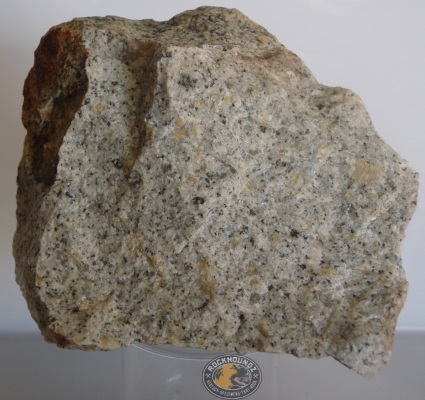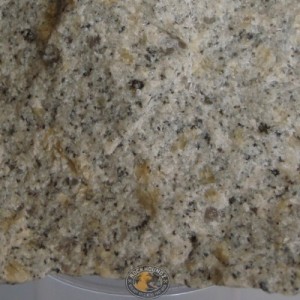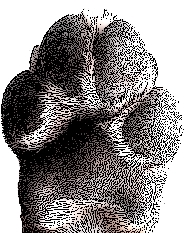
Identifying rhyolite. This is a new kind of rock identification guide for you. A plain language, no silly business, get your rocks sorted in no time guide to “what rock is that?”
Igneous rocks: Rhyolite

If it’s very light coloured, very hard and fine grained it’s rhyolite.
Rhyolite is extrusive, felsic & aphanitic. Have a look back at this post if you’ve forgotten what those terms are.
Rhyolite comes from the same lava as granite but with smaller crystals because it has cooled quickly on the surface. The crystal size is one of the keys to identifying it as an extrusive igneous rock.
It is a viscous lava so it is slow flowing and often displays flow banding from solidifying as it moves. Rhyolitic lava also forms pumice and obsidian and perlite.
Right now you’ll find rhyolite forming at the Taupo Volcano in NZ.
This guide is designed to help you identify the classic rocks that are listed in most textbooks and found in most geology kits. No curly examples, no red herrings – just the bog standard basics that you need to teach geology in the classroom. Up next: Pumice



